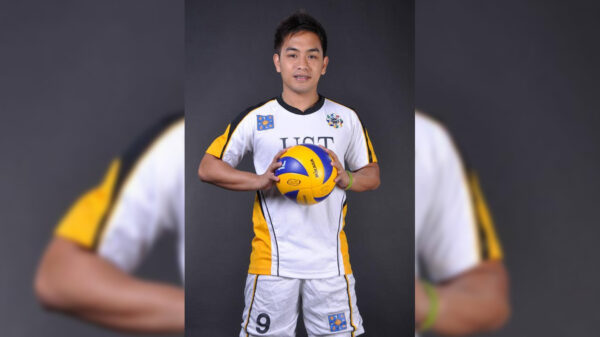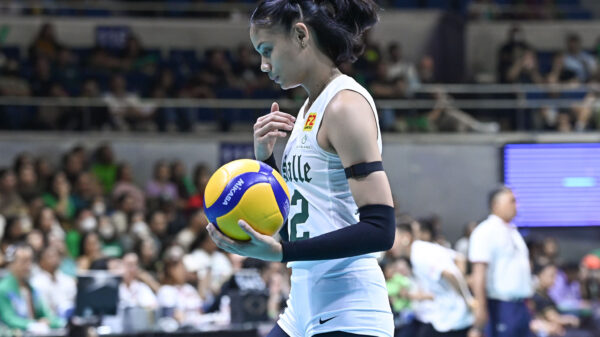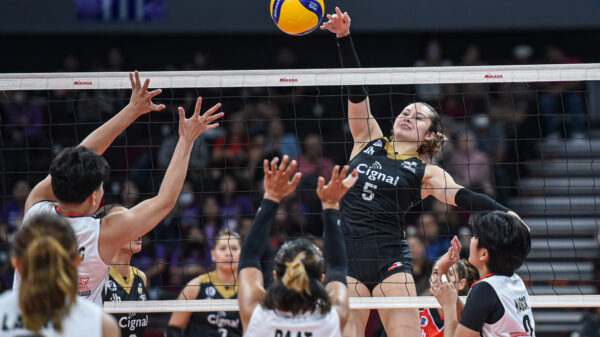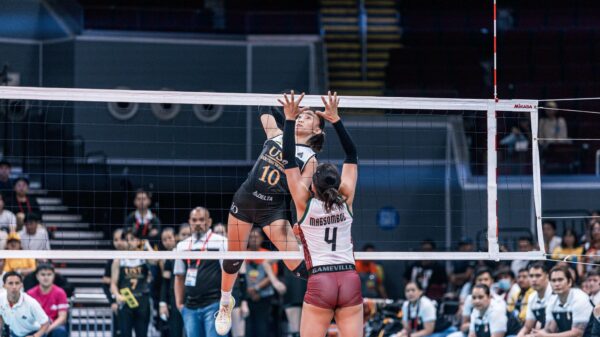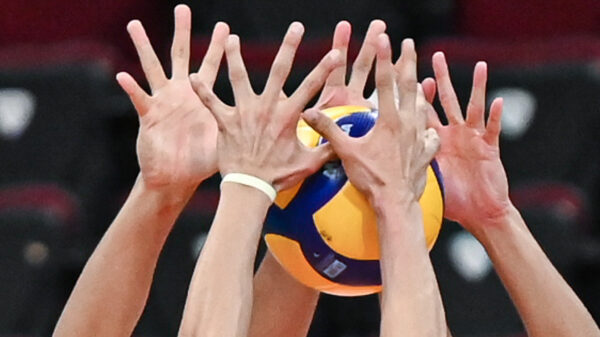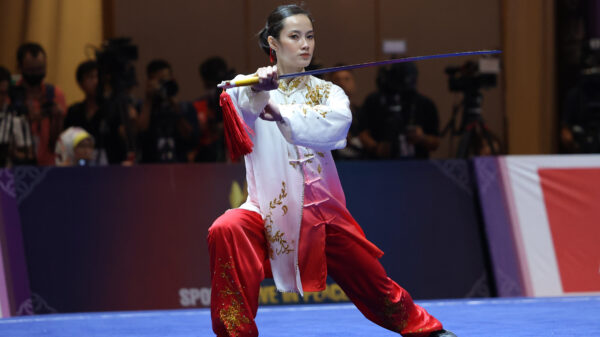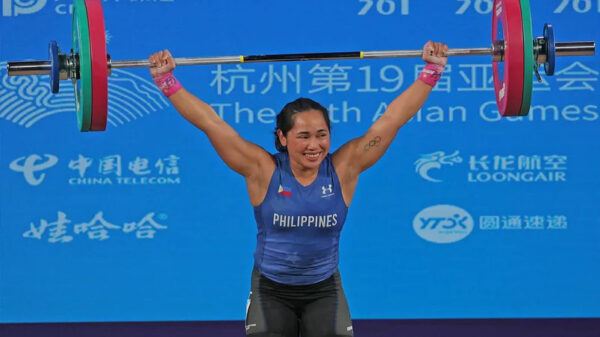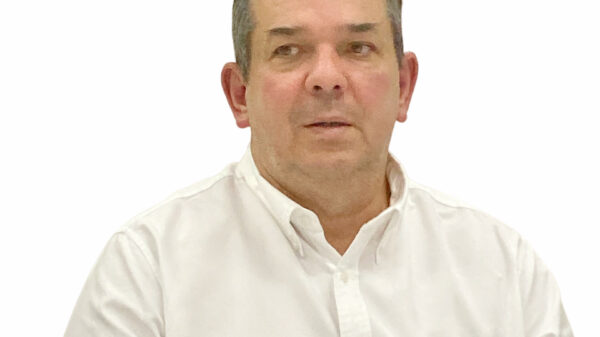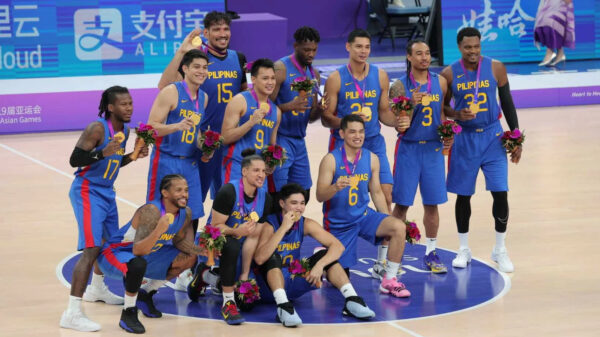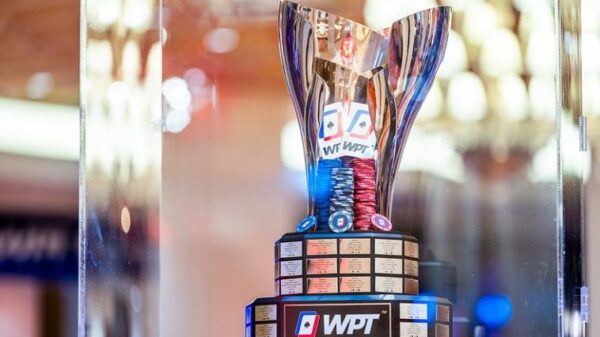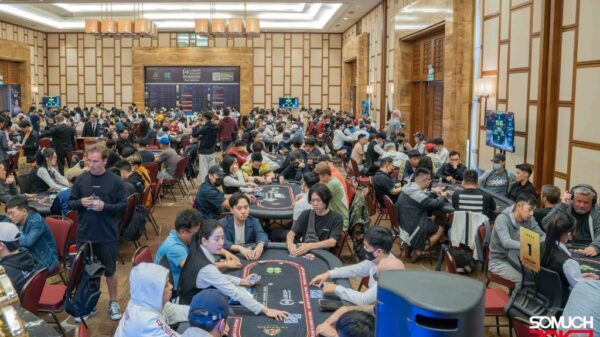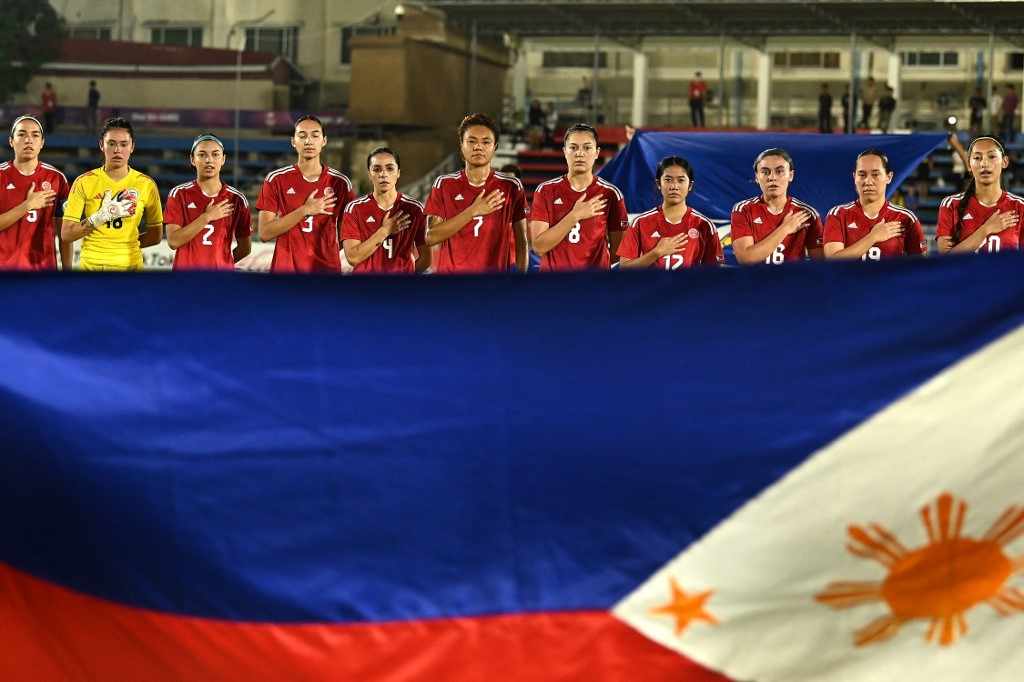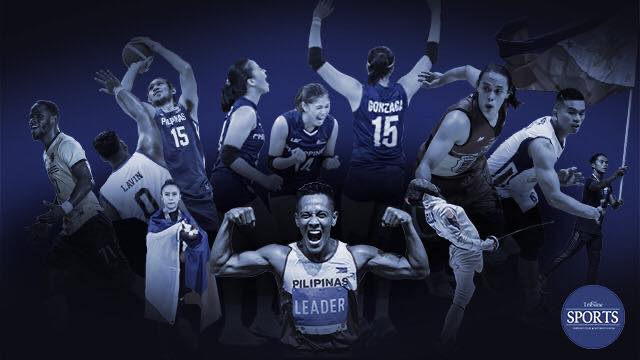MANILA, Philippines (AFP) — In a country obsessed with beauty pageants, basketball and boxing, the Philippines women’s team hope to ignite interest in football when they make the nation’s World Cup debut.
Long minnows in the sport, the Philippines have never played at a FIFA World Cup, either the men’s or women’s.
All that will change on 21 July when the women’s side under their Australian coach Alen Stajcic play Switzerland in Dunedin, New Zealand.
Stajcic calls their journey from “almost ground zero” to the World Cup “miraculous.”
Half of his players do not belong to a professional club and some have been “running around the block on their own” for training, he said.
“It’s been a meteoric sort of rise for the team,” the 49-year-old told AFP via Zoom.
“The challenge for us is to somehow maintain and sustain that improvement, not be happy with where we got to.”
Since Stajcic’s appointment as coach in late 2021, the Philippines have jumped from No. 68 in the International Football Federation rankings and are now a best-ever 46th place.
It began with the Women’s Asian Cup in early 2022 when they made the semifinals, losing to South Korea but securing a historic World Cup berth.
They followed it up with bronze at the Southeast Asian Games last year, then won the regional AFF Women’s Championship on home soil.
The Philippines is in Group A at the World Cup alongside co-hosts New Zealand, Norway and Switzerland.
They will not be expected to get out of the group, but defender Hali Long said: “I would like to think we’re going to go in there and do more than just participate.”
“We’re going in there to compete with everything we have to show.”
The team hopes getting the Philippines to their first World Cup can be a game-changer for football in the country.
Long was born in the United States — most of the players on the national team have been recruited from the Philippines’ large diaspora.
“It’s not the most popular sport here,” Long told AFP at a practice session with the Manila club she and national goalkeeper Inna Palacios play for.
“It’s not the beauty pageants, boxing and basketball; we don’t have a ‘B.’”
Palacios, one of the few players born in the Philippines, said more investment was needed to find and develop young talent in the poverty-plagued country.
“We don’t have the fields or a place to play,” Palacios said.
“It was tagged as a sport for people who are rich and can afford fields and shoes, but in reality you just need your feet and a ball.”

